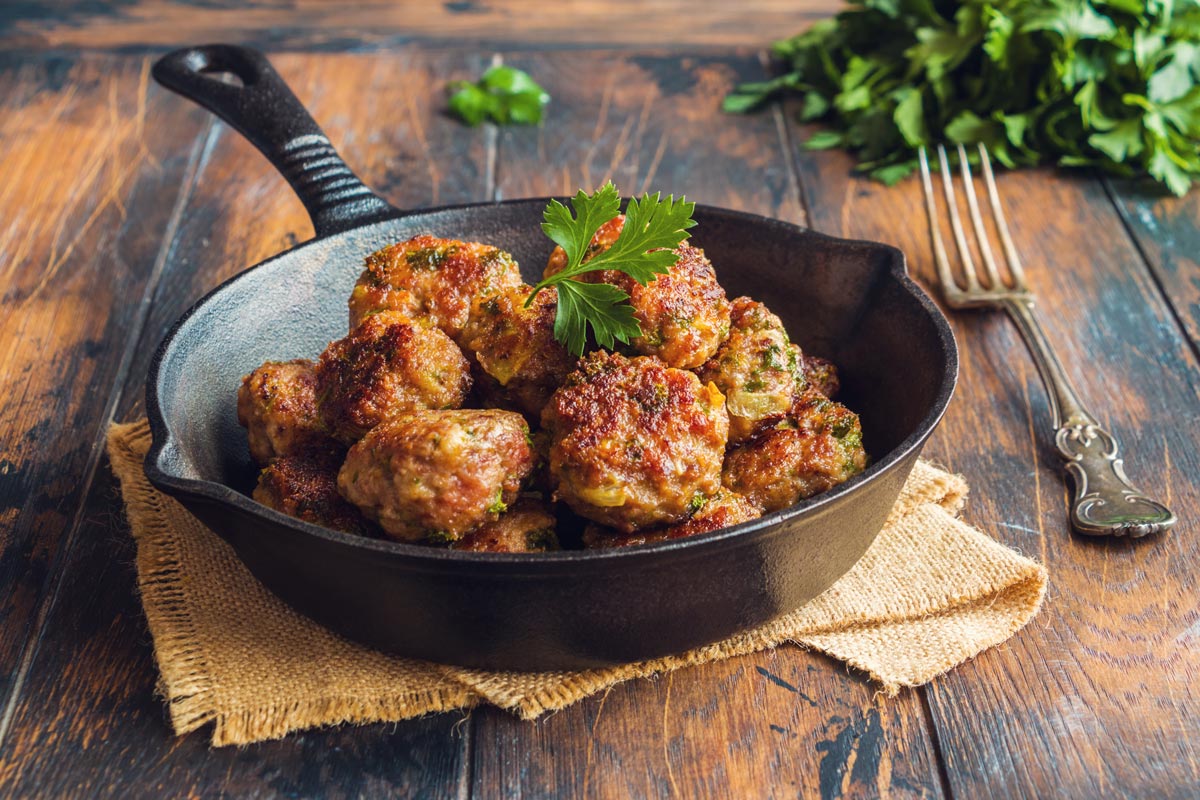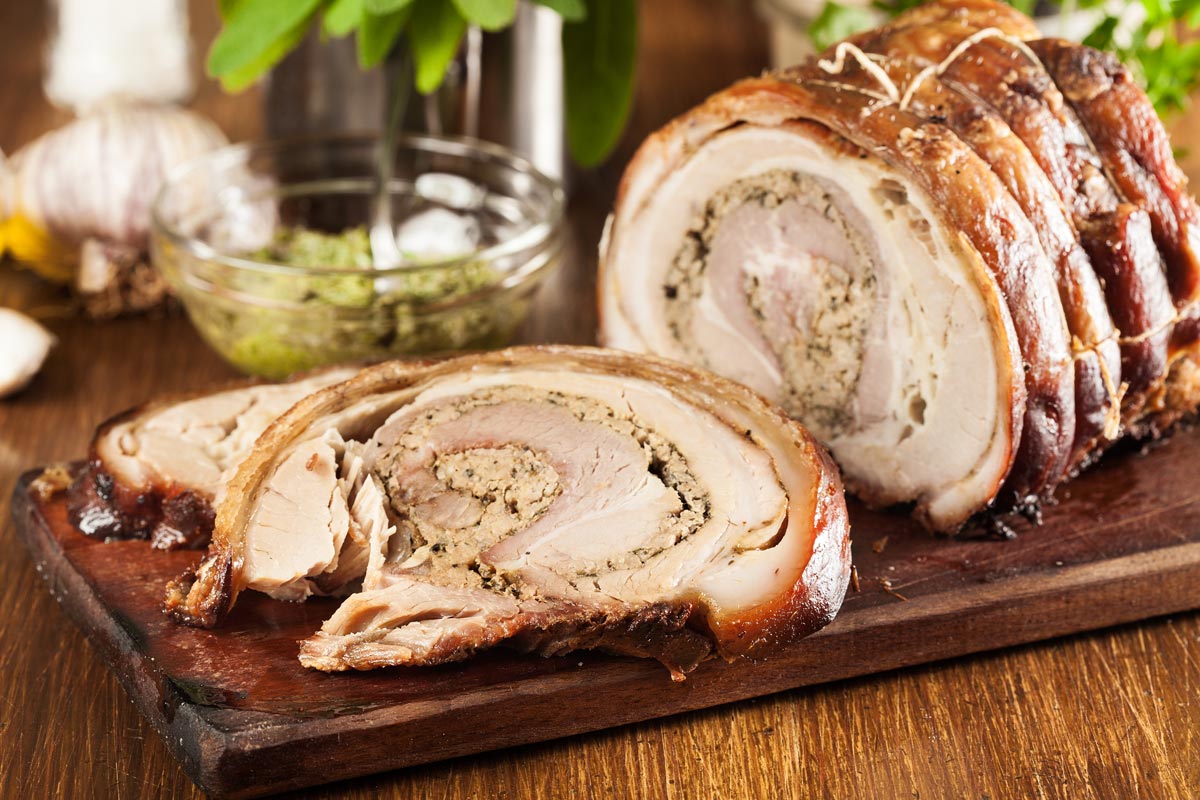You likely have everything you need in your pantry to make this hearty and filling soup. Feel free to use green French lentils or the more common (and less expensive) brown variety. Blending a portion of the soup gives it a creamy texture.
Ingredients
- 1/4 cup extra virgin olive oil, plus more for drizzling
- 1 medium yellow or white onion, chopped
- 2 carrots, peeled and chopped
- 4 garlic cloves, peeled, then pressed or minced
- 2 teaspoons ground cumin
- 1 teaspoon curry powder
- 1/2 teaspoon dried thyme
- 1 large can (28 ounces) diced tomatoes, lightly drained
- 1 cup brown or green lentils, picked over and rinsed
- 4 cups vegetable broth
- 2 cups water
- 1 teaspoon salt, or more to taste
- Pinch of red pepper flakes
- Freshly ground black pepper, to taste
- 1 cup chopped fresh collard greens or kale, tough ribs removed
- 1 to 2 tablespoons lemon juice (1/2 to 1 medium lemon), to taste
Directions
Step 1
Warm the olive oil in a large Dutch oven or pot over medium heat. Once the oil is shimmering, add the chopped onion and carrot and cook, stirring often, until the onion has softened and is turning translucent, about 5 minutes.
Step 2
Add the garlic, cumin, curry powder and thyme. Cook stirring constantly, about 30 seconds. Add the diced tomatoes and cook for a few more minutes, stirring often.
Step 3
Pour in the lentils, broth and the water. Add 1 teaspoon of salt, a pinch of red pepper flakes and freshly ground black pepper. Raise heat and bring the mixture to a boil, then partially cover the pot and reduce the heat to maintain a
gentle simmer. Cook for 25 to 30 minutes, or until the lentils are tender but still hold their shape.
Step 4
Transfer 2 cups of the soup to a blender. Securely fasten the lid, protect your hand from steam with a tea towel placed over the lid, and purée the soup until smooth. Pour the puréed soup back into the pot.
Step 5
Add the chopped greens and cook for 5 more minutes. Remove the pot from the heat and stir in 1 tablespoon of lemon juice. Taste and season with more salt, pepper and/or lemon juice until the flavors really sing. For spicier soup, add another pinch or two of red pepper flakes. Drizzle with olive oil.
Step 6
Add the chopped greens and cook for 5 more minutes. Remove the pot from the heat and stir in 1 tablespoon of lemon juice. Taste and season with more salt, pepper and/or lemon juice until the flavors really sing. For spicier soup, add another pinch or two of red pepper flakes. Drizzle with olive oil.
Serves 4 — Recipe adapted from cookieandkate.com




